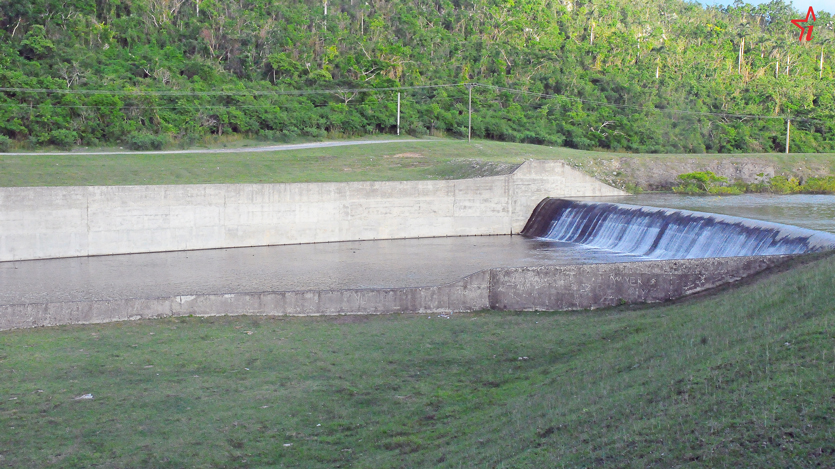
The adverse panorama that the worsening of the meteorological drought in Ciego de Ávila draws leads us to formulate the unavoidable question of whether the available water will be enough to carry out the various activities for the normal development of socioeconomic life in the coming months.
Despite the current scenario of lack of rainfall that causes the yellowing of the leaves of trees and grasses, which even leads to the occurrence of forest fires, the answer to the question is affirmative.
On the subject, Pedro Rodríguez Mora, deputy director of the Ciego de Ávila Hydraulic Exploitation Company, explains that at the end of February with 59 percent of the capacity of surface water and 58 percent of groundwater, respectively, it is still It is possible to ensure the balance of the vital liquid to the clients during the current year, as long as there is no overexploitation.
In the case of the volumes stored in the natural and artificial reservoirs, it specifies that the Sábanas Nuevas, Puente Largo and Las Margaritas dams are in critical condition; however, the first two do not have balanced volumes for any user, so there is no affectation in this sense, while the third only delivers for fishing and the remaining quantity is enough.

Long Bridge, whose function is to serve as a hydraulic plug to the hydrogeological sectors of the North Basin and, in turn, allow the mantle to recharge (something that is not happening and constitutes a risk to the stability of groundwater, as it is completely dry).
The hydrogeological sectors of the northern basin from CA-I-8 to CA-I-11, located mainly in the municipalities of Baraguá and Primero de Enero, show an unfavorable condition, just like CA-II-2 of the southern basin. Nevertheless, the water contained in them is enough to meet their commitments throughout 2023.
Given the current situation, mitigation measures are adopted such as the establishment of temporary groups to deal with the drought in the municipalities of Ciego de Ávila, the monitoring of the levels of the sectors in an unfavorable state every 15 days, as well as the inspection of the stations of pumping of the high consumers in those zones.
Likewise, the calculation of water productivity is carried out in the 10 fundamental and most consuming activities in the province and the pumping stations for human supply in areas with a high risk of depletion are monitored monthly.
